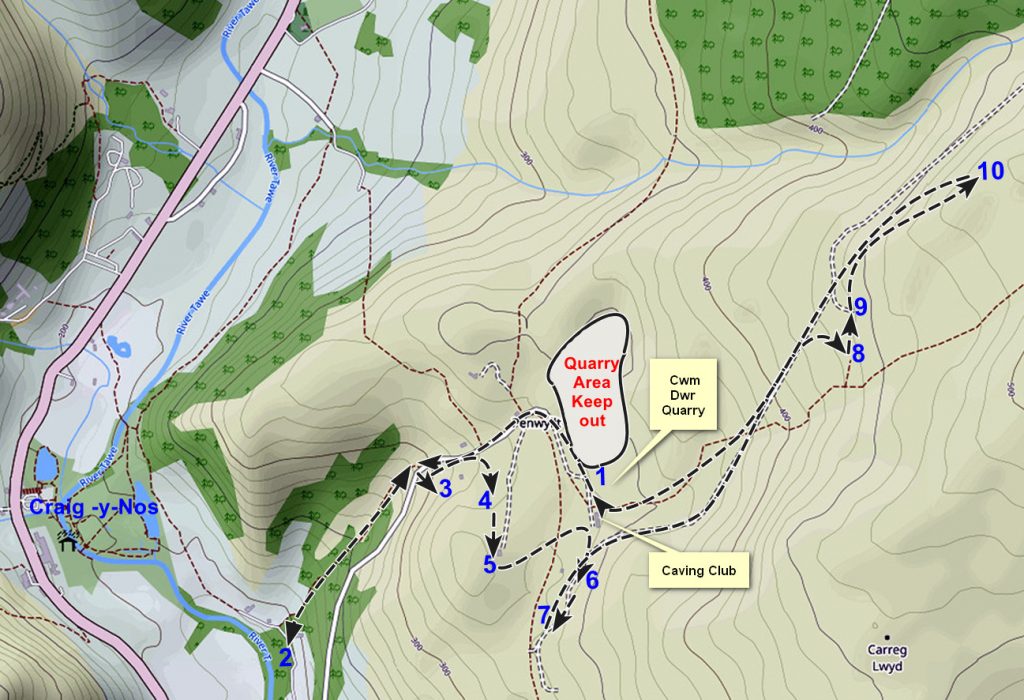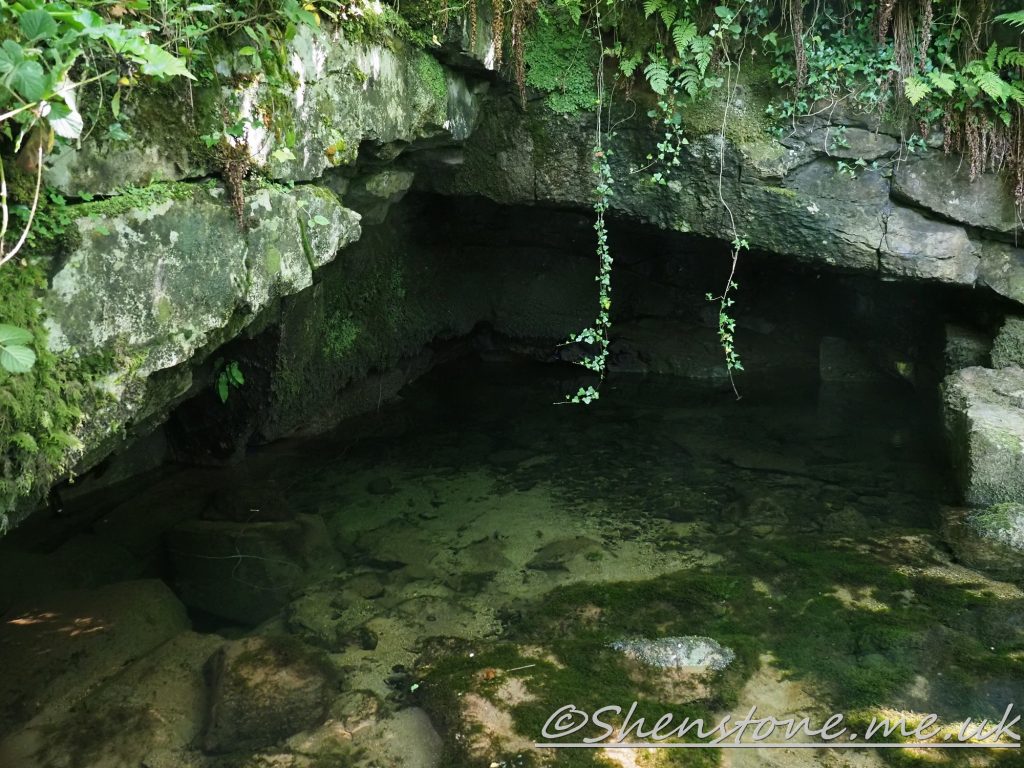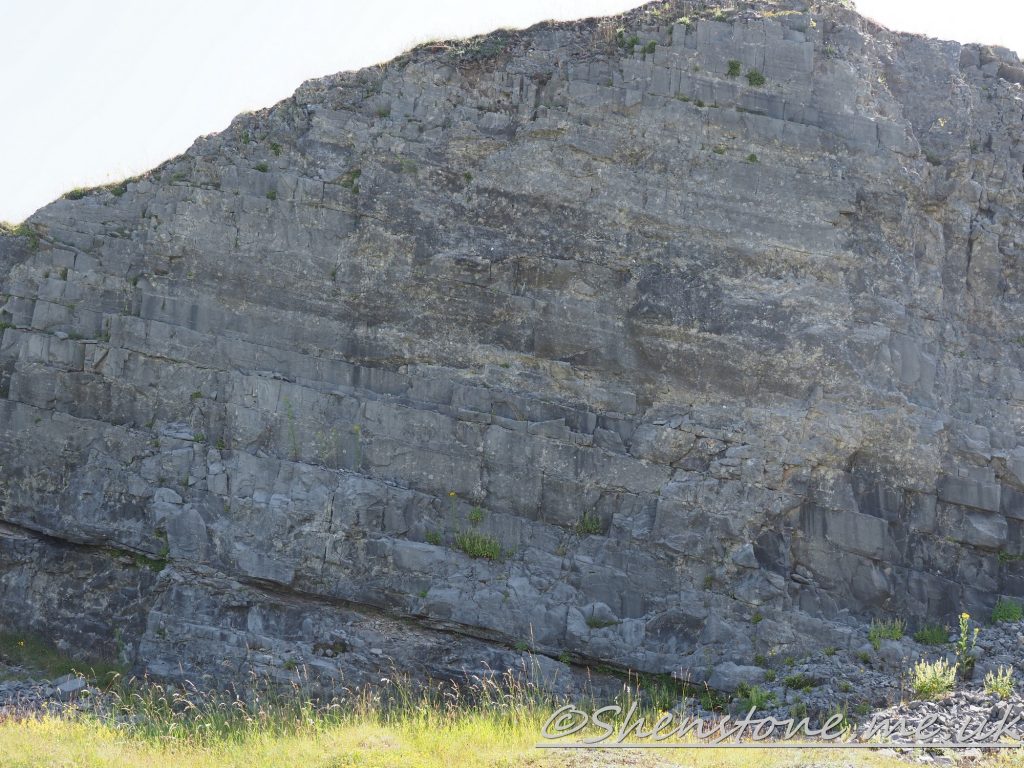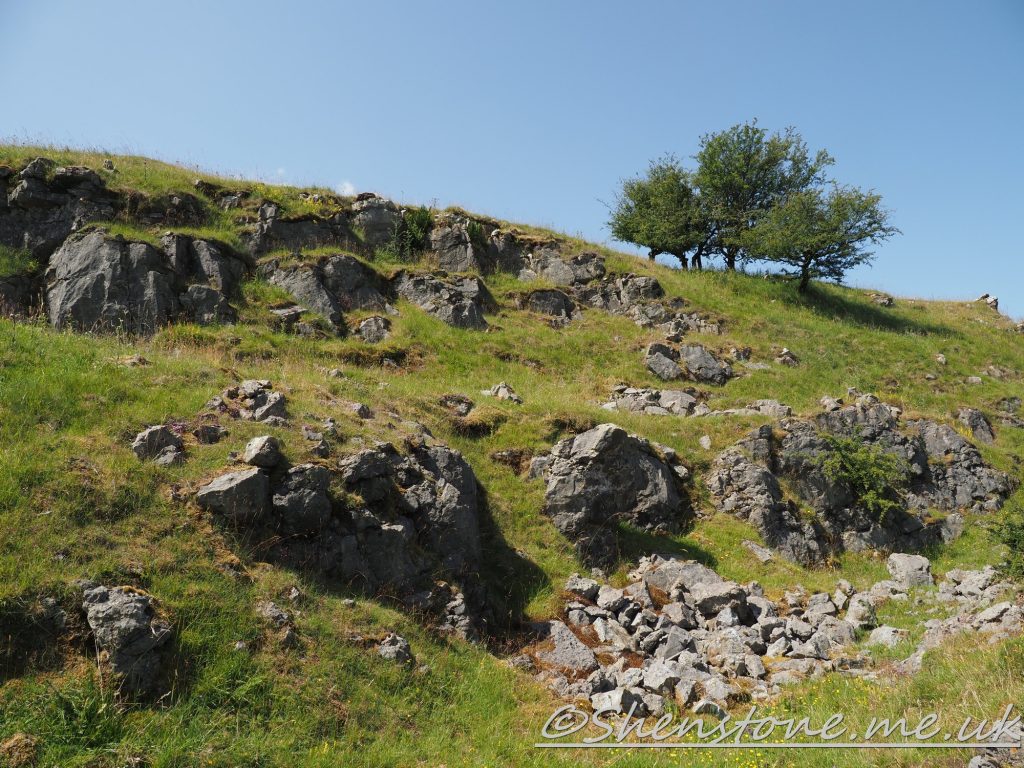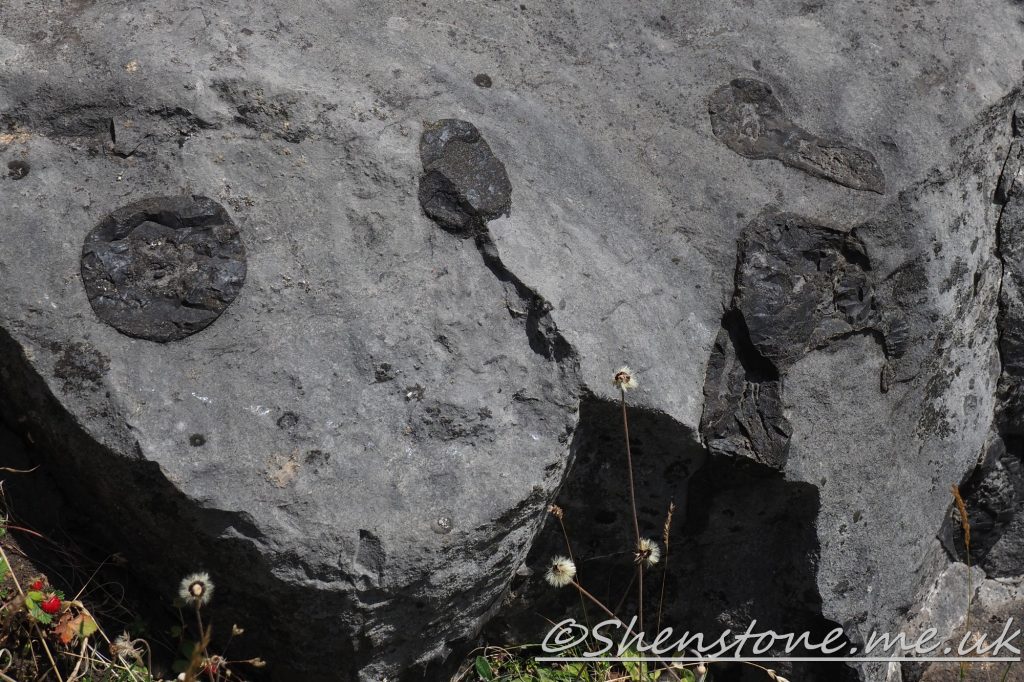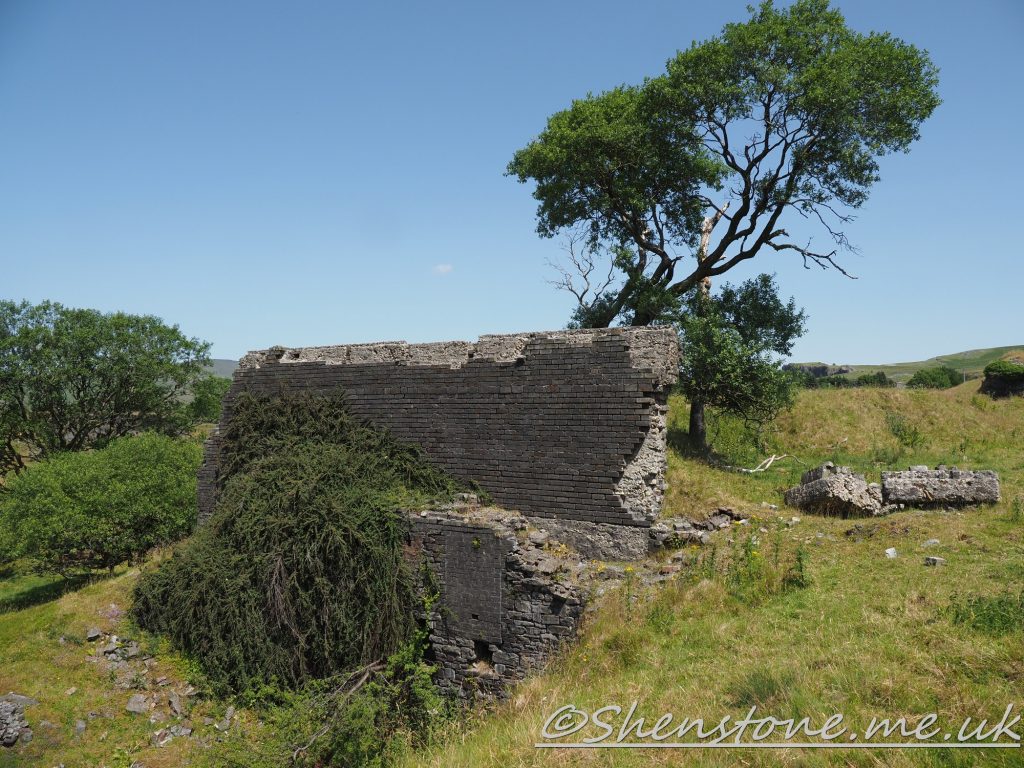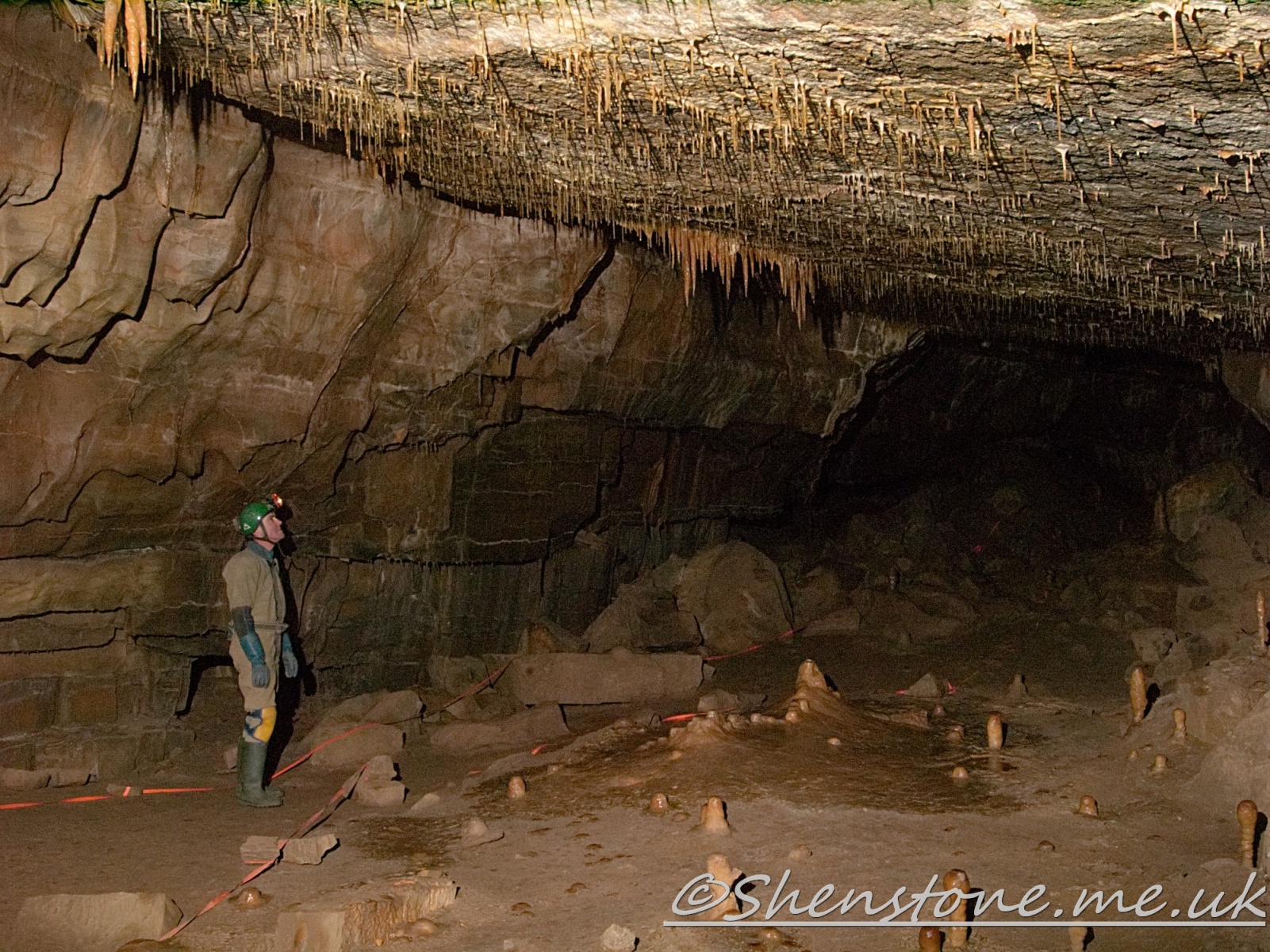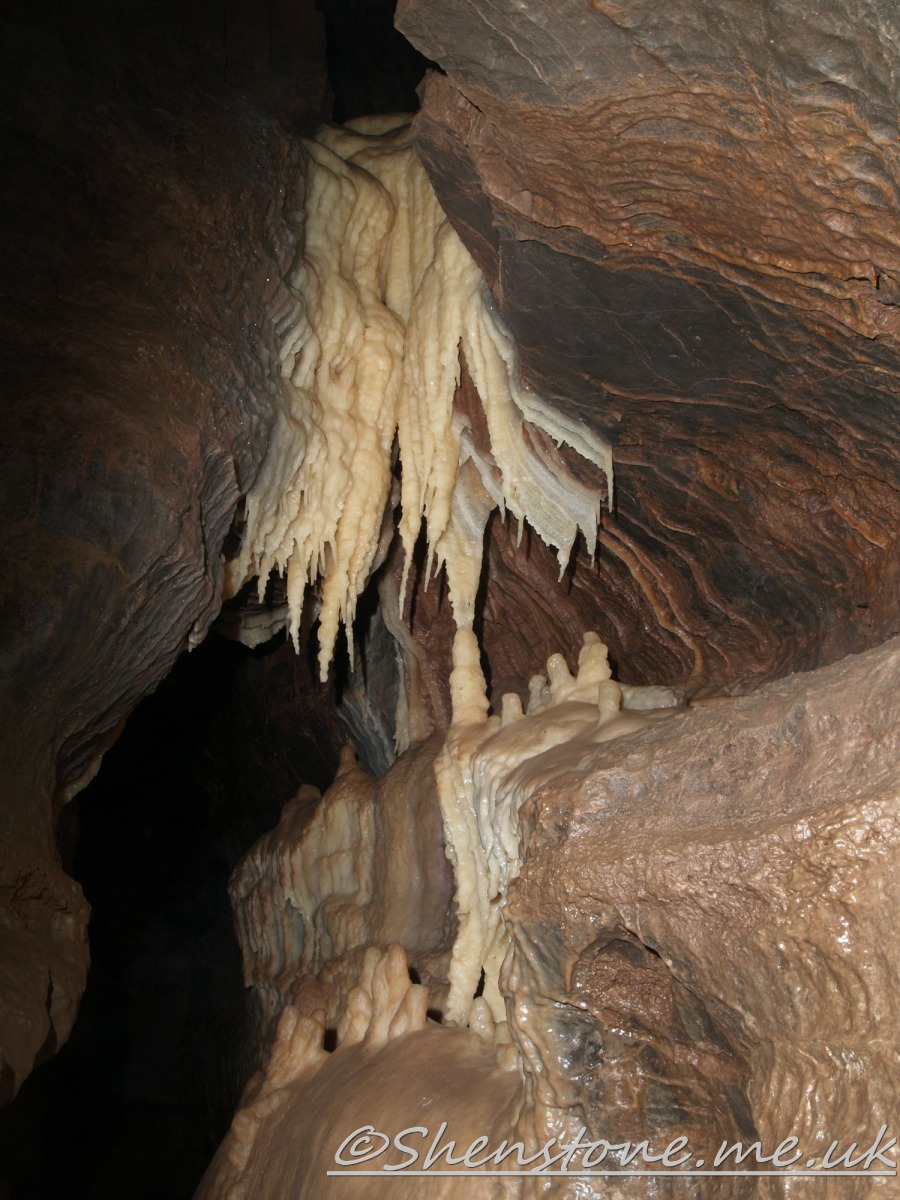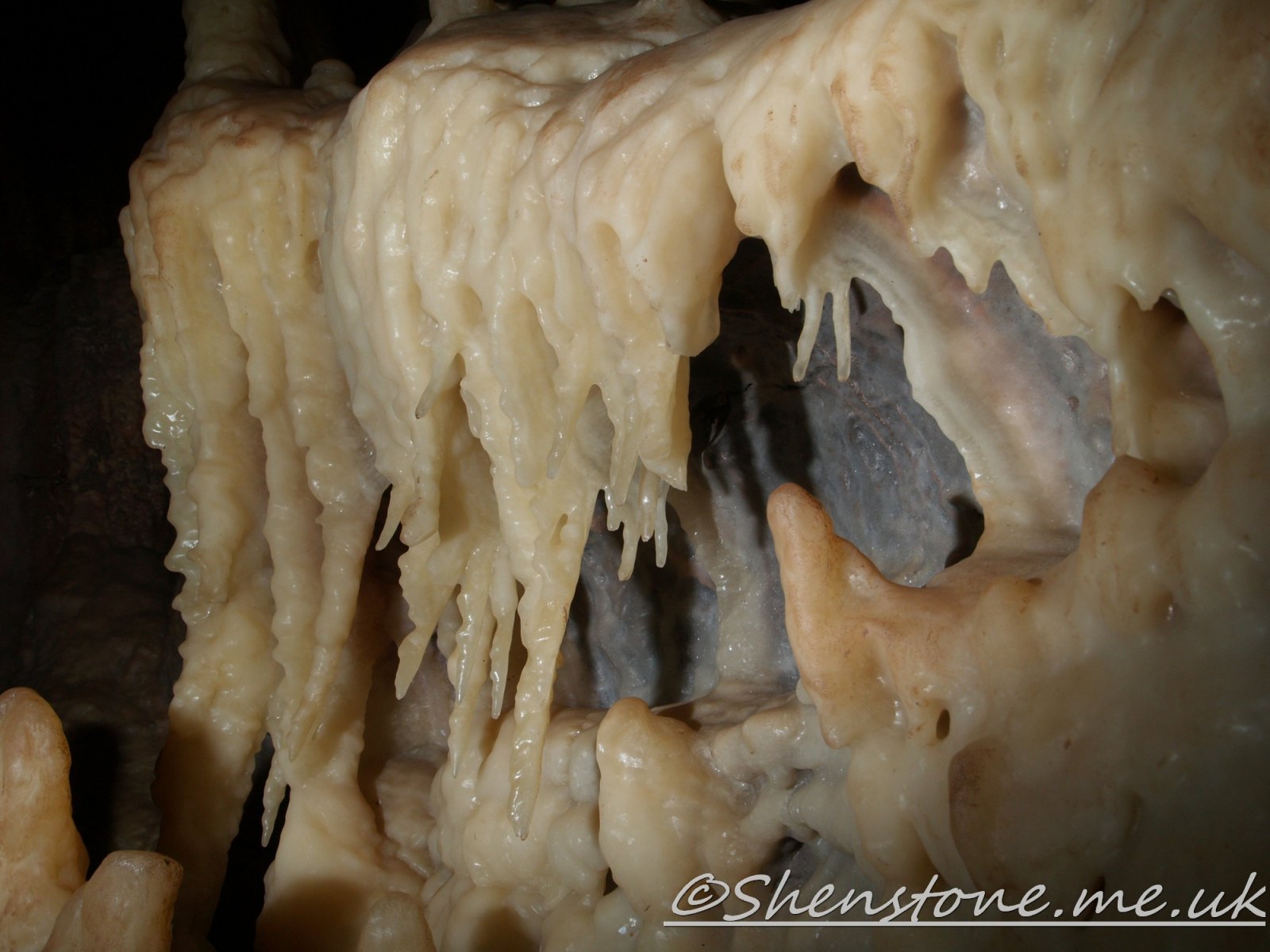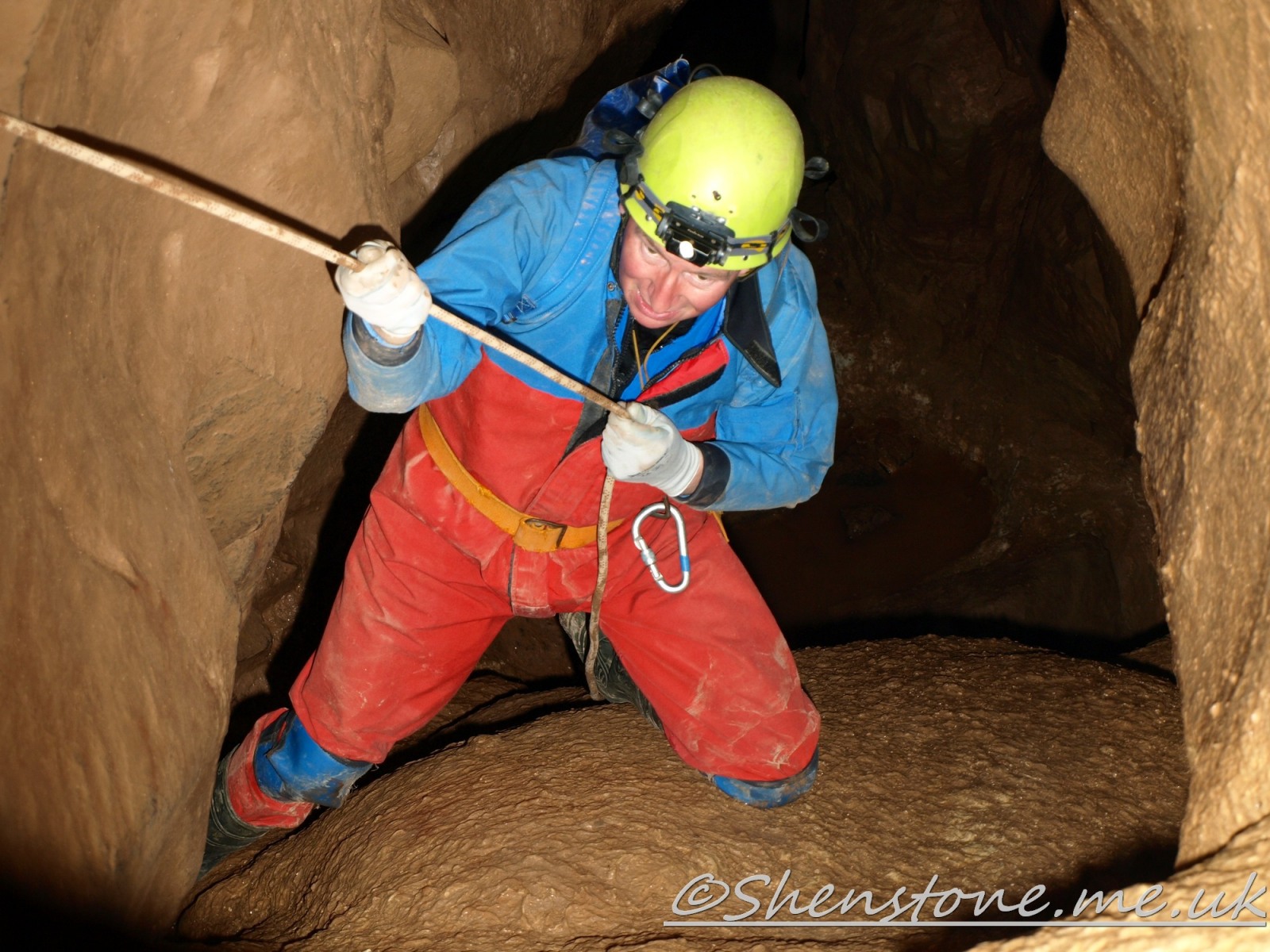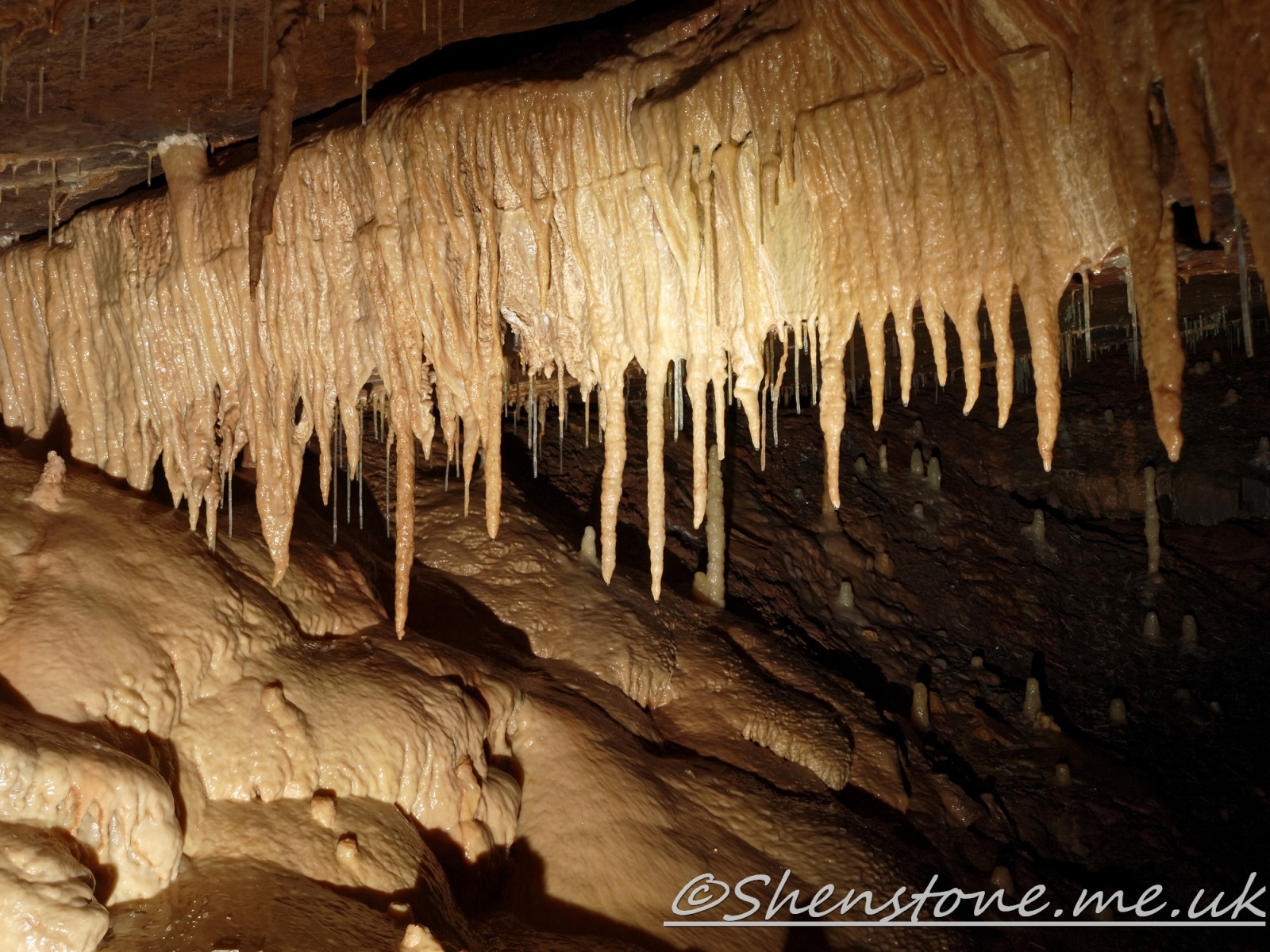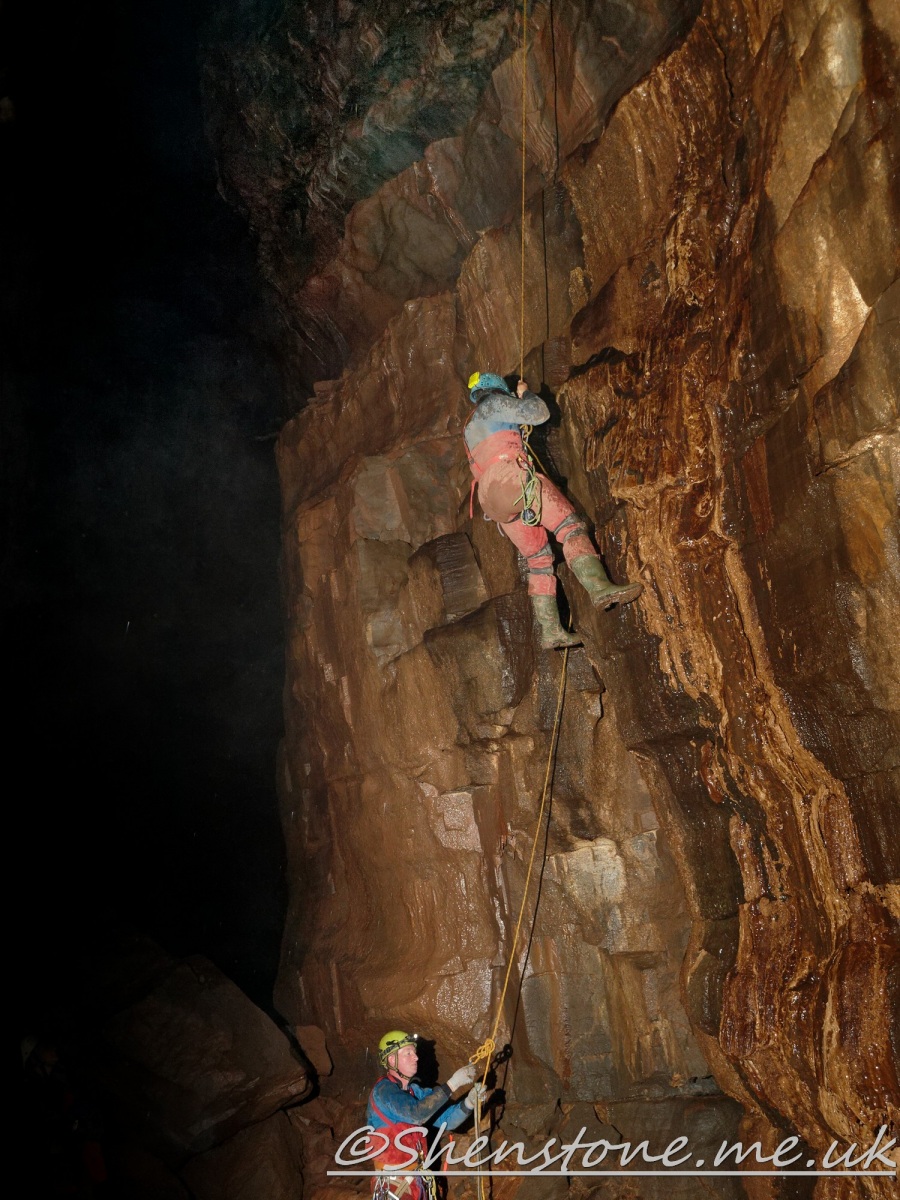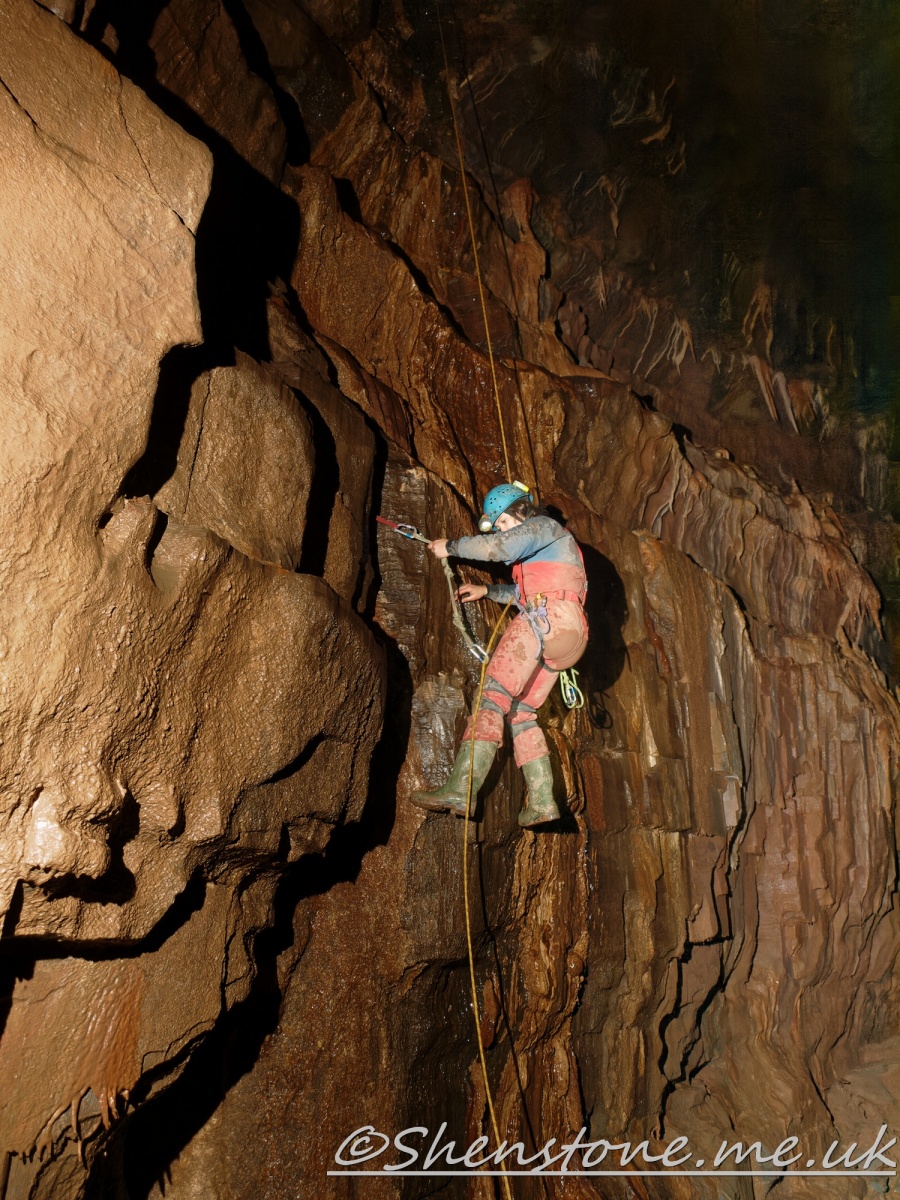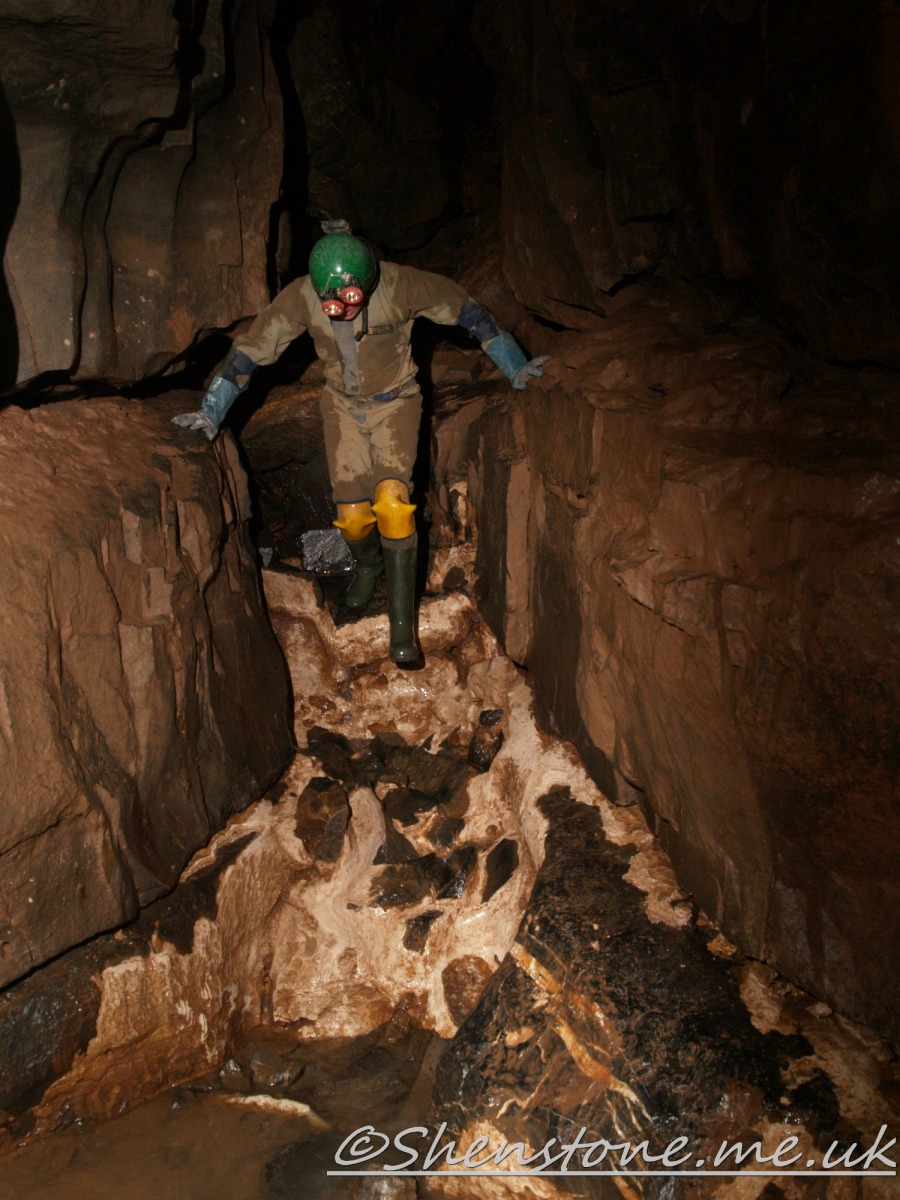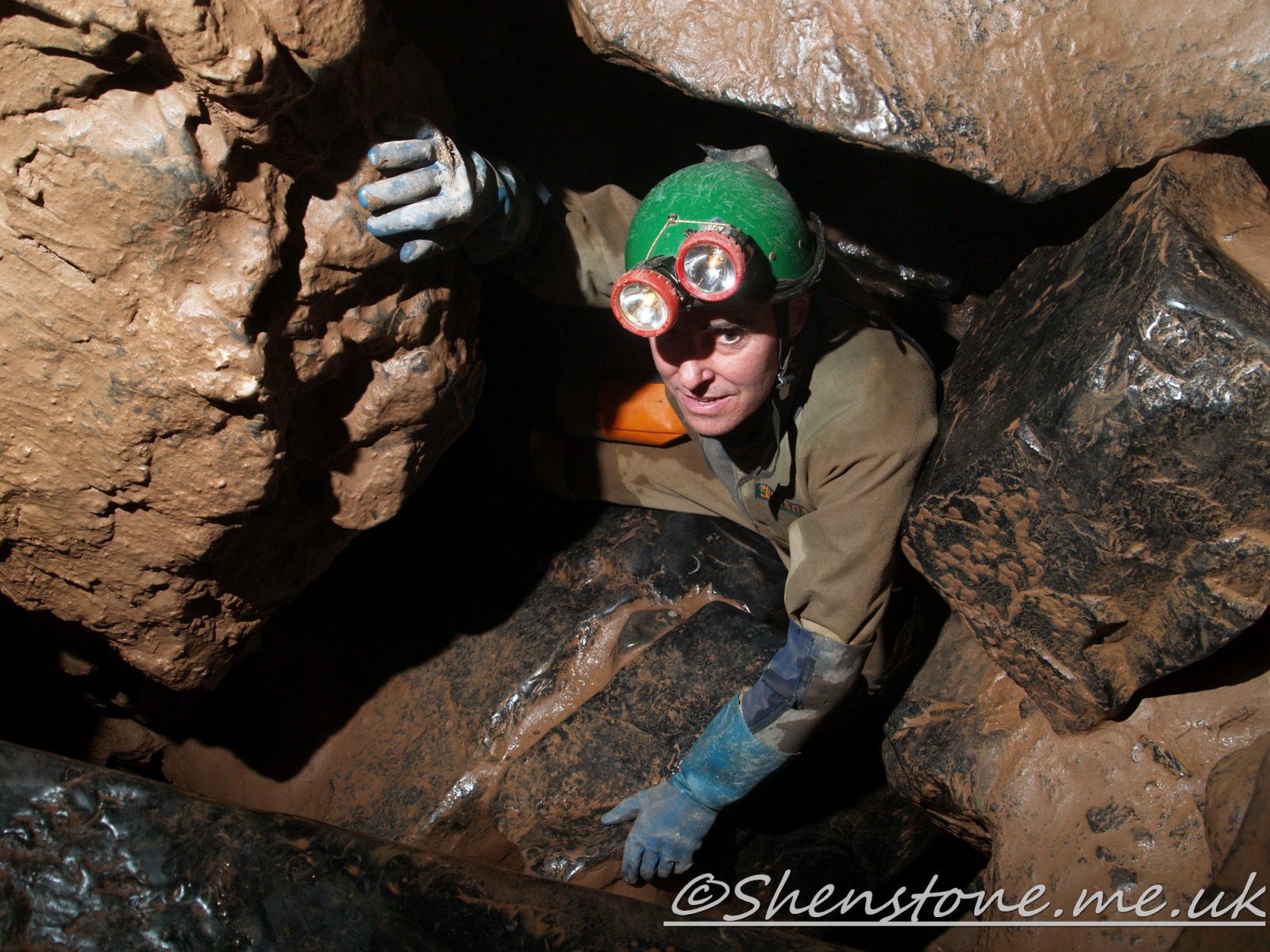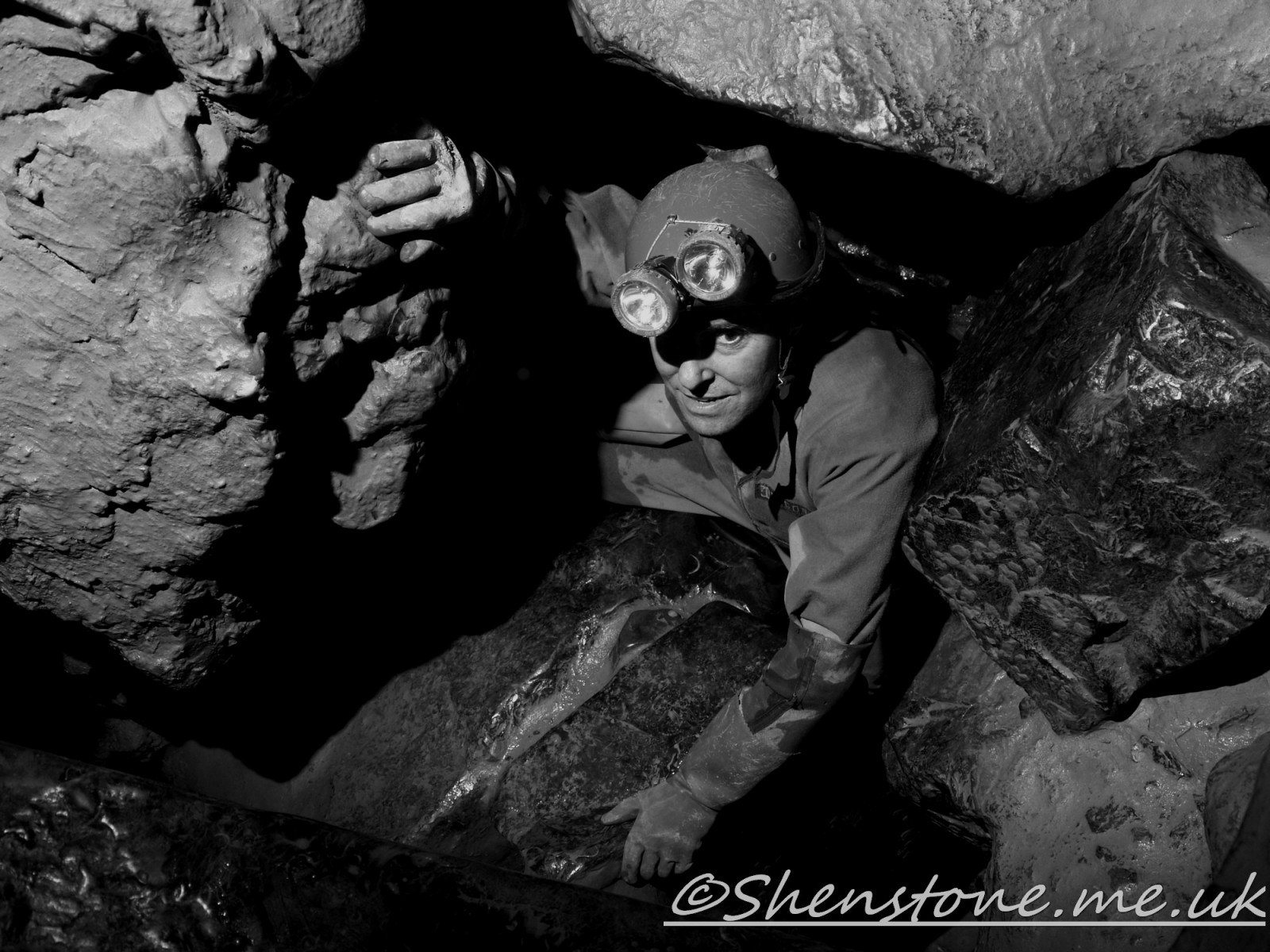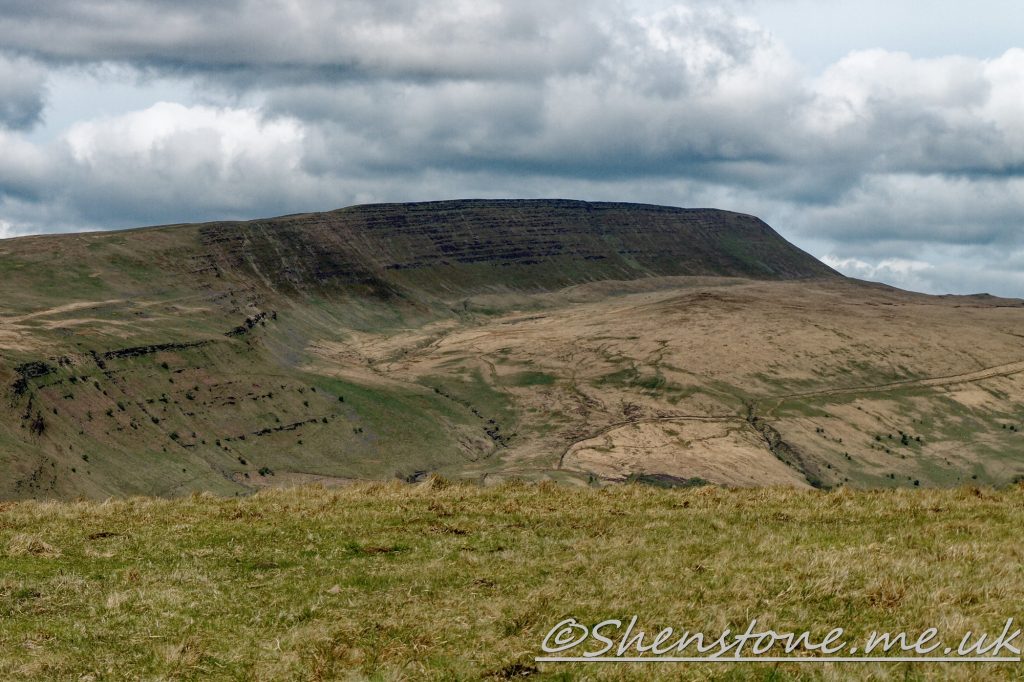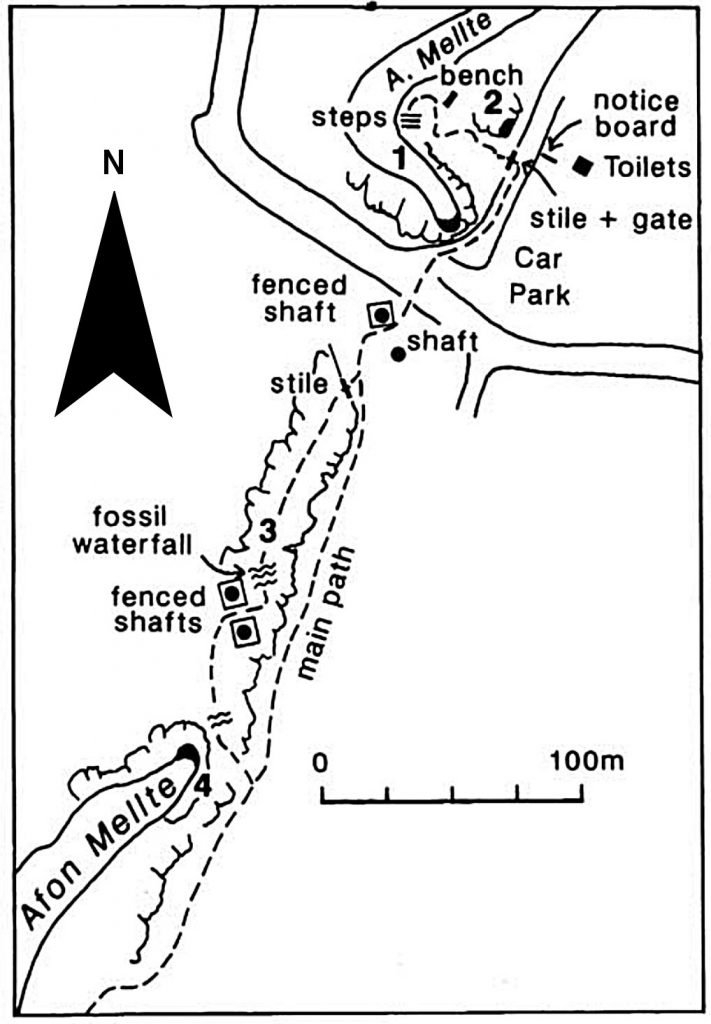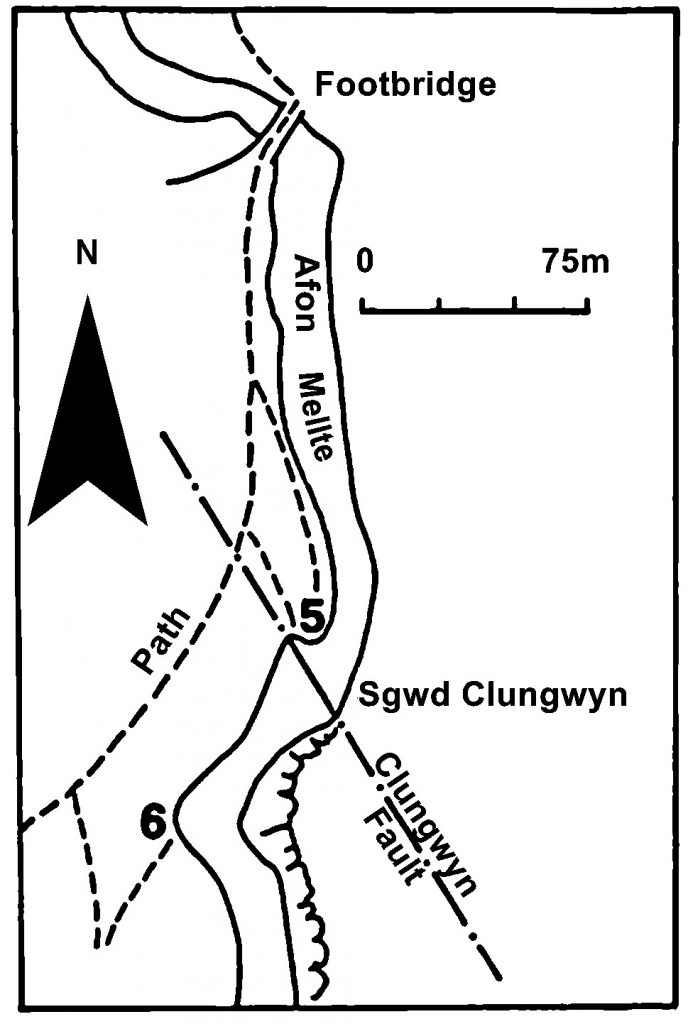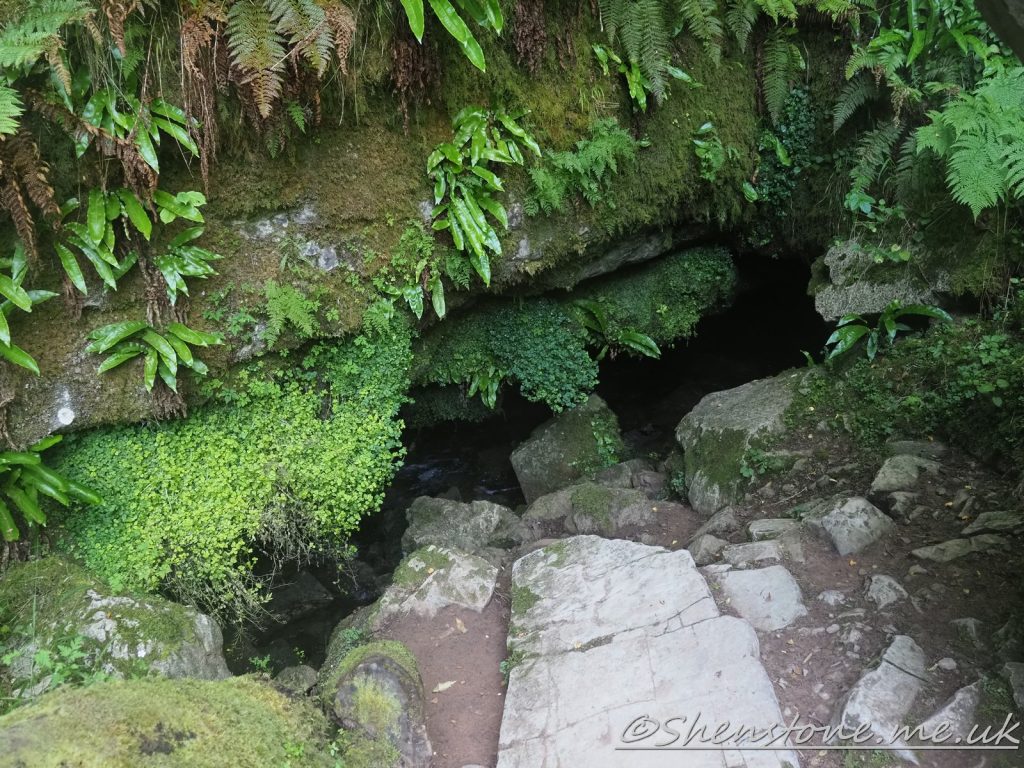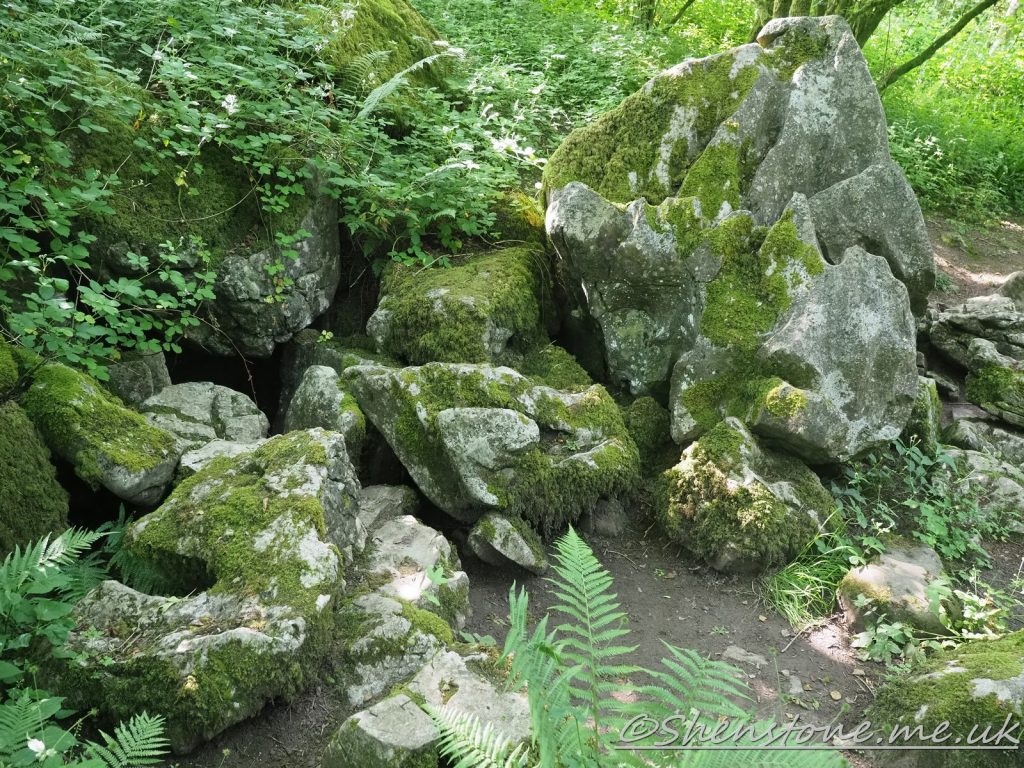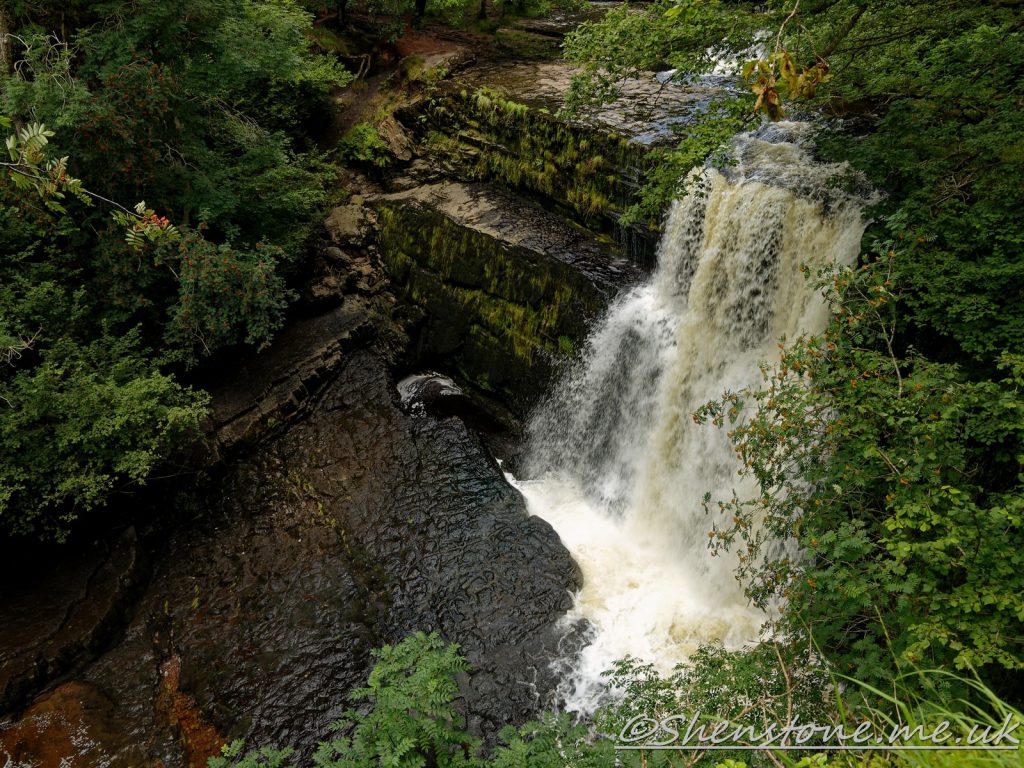This is some additional information and pictures to support the geology walk at Southerndown, Dunraven Bay. Take a look at the descriptions under each picture to see more information
The Localities mentioned on this post relate to the map which is included in the leaflet PDF and is repeated here to make this page easier to read. For more information and descriptions of all the localities and the start point, parking etc. please see the leaflet
To download and print this walk, please open / download the PDF version here
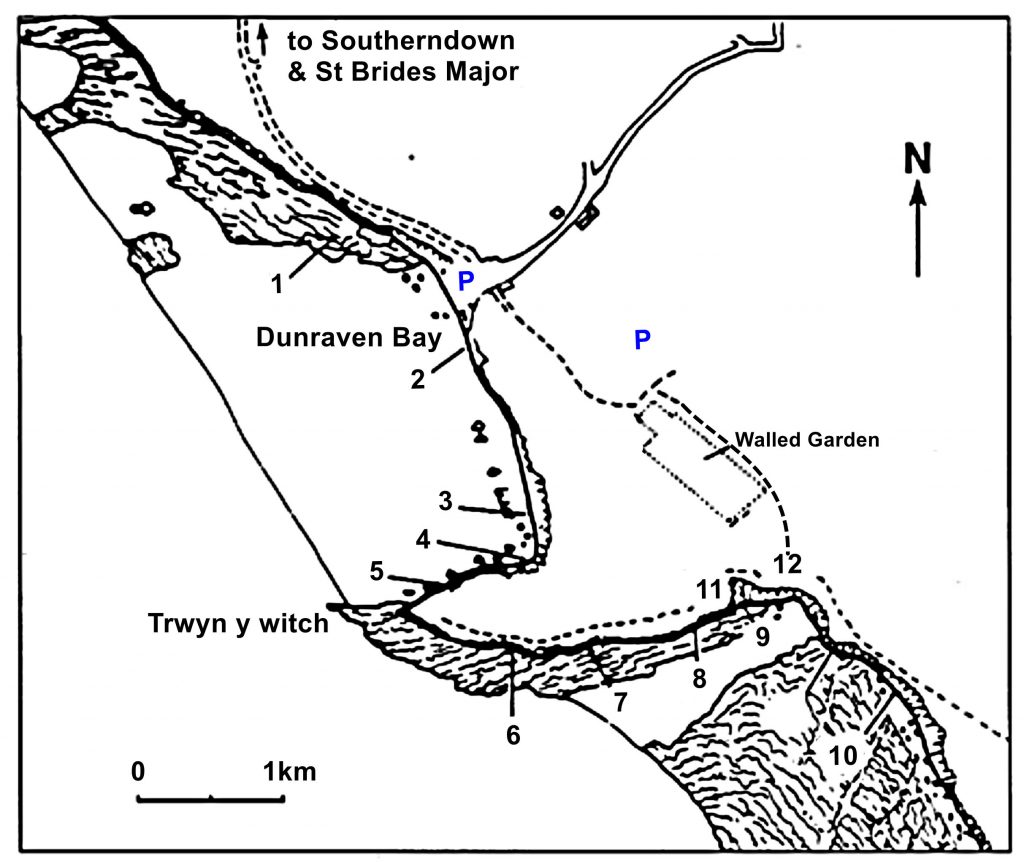
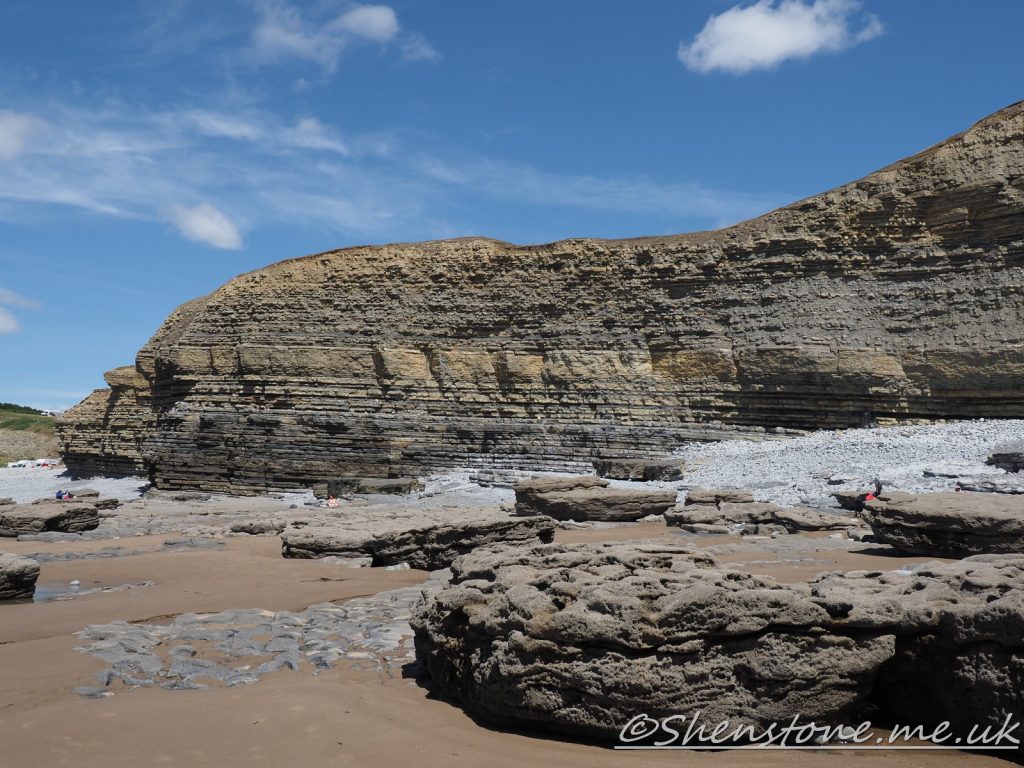
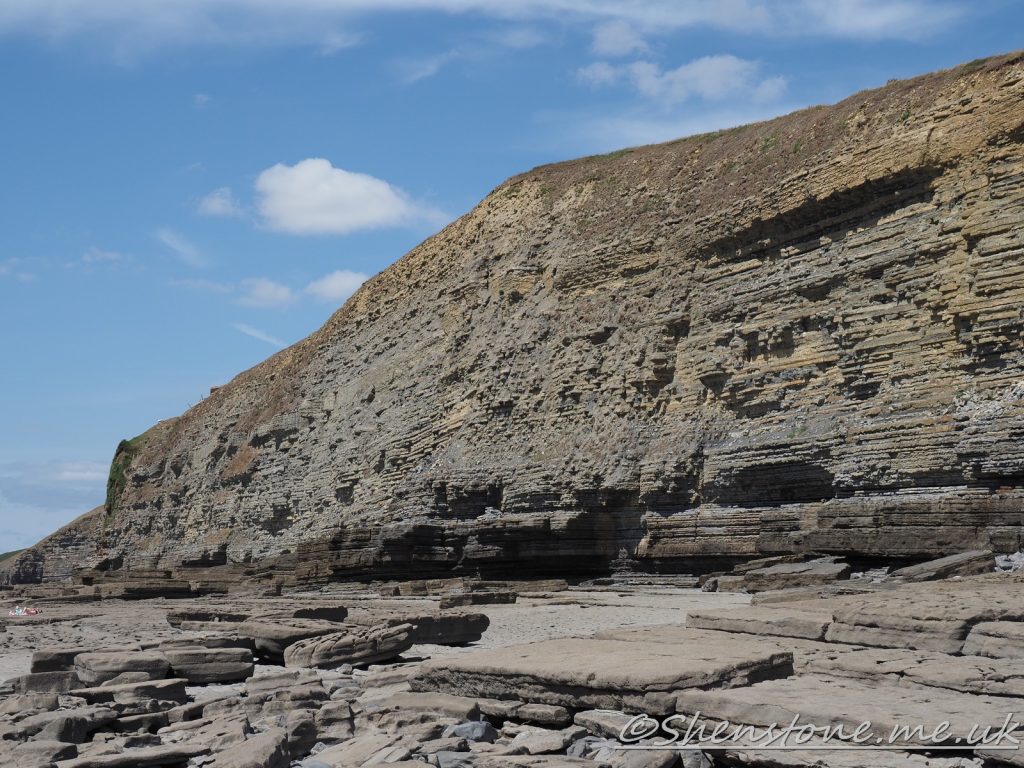
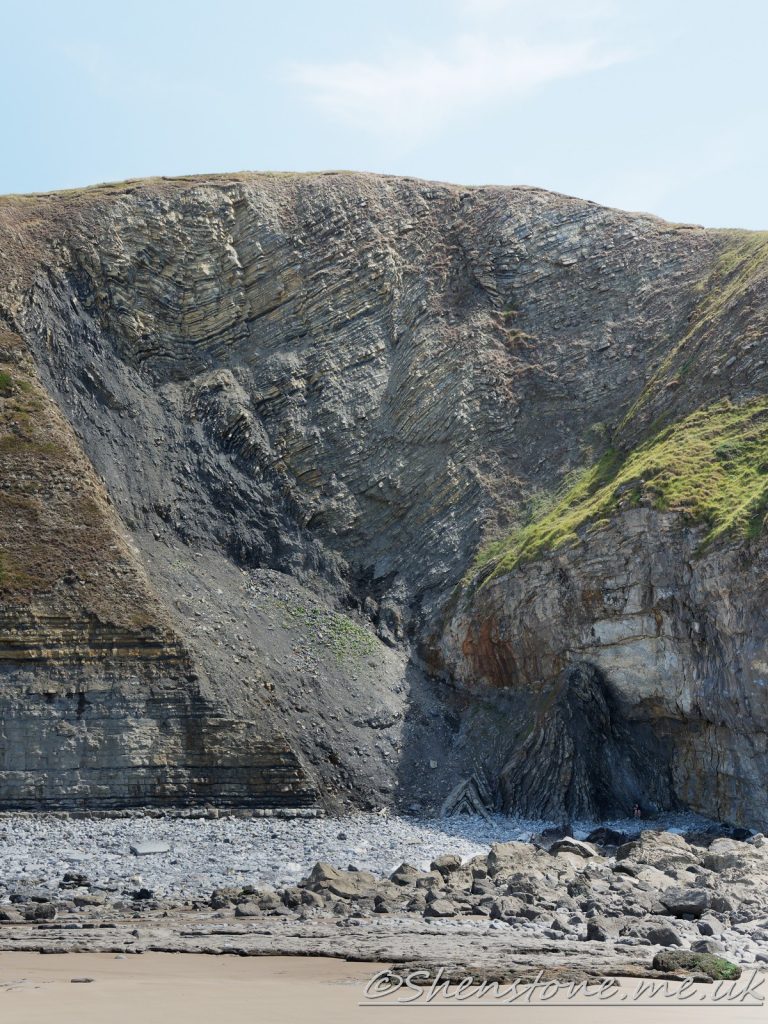
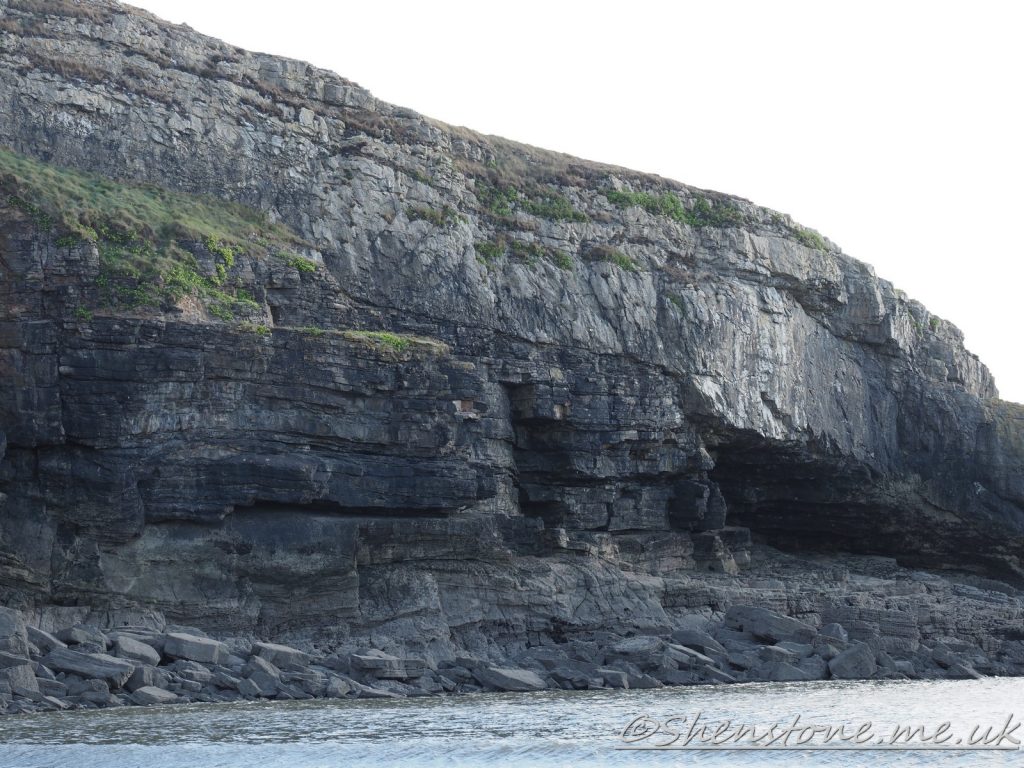
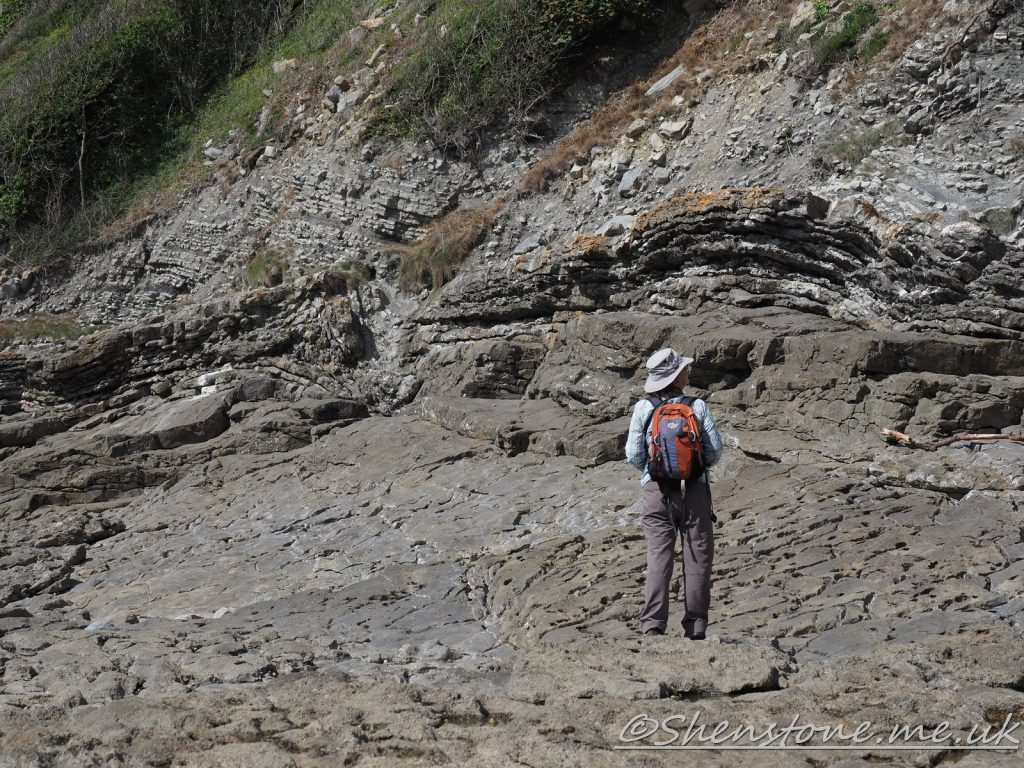
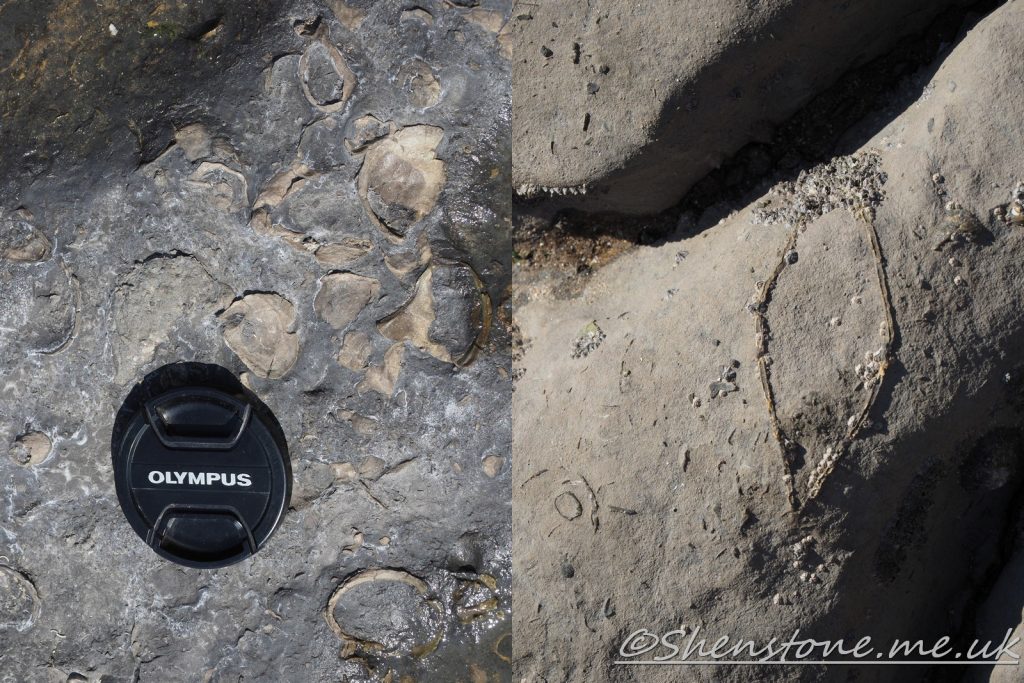
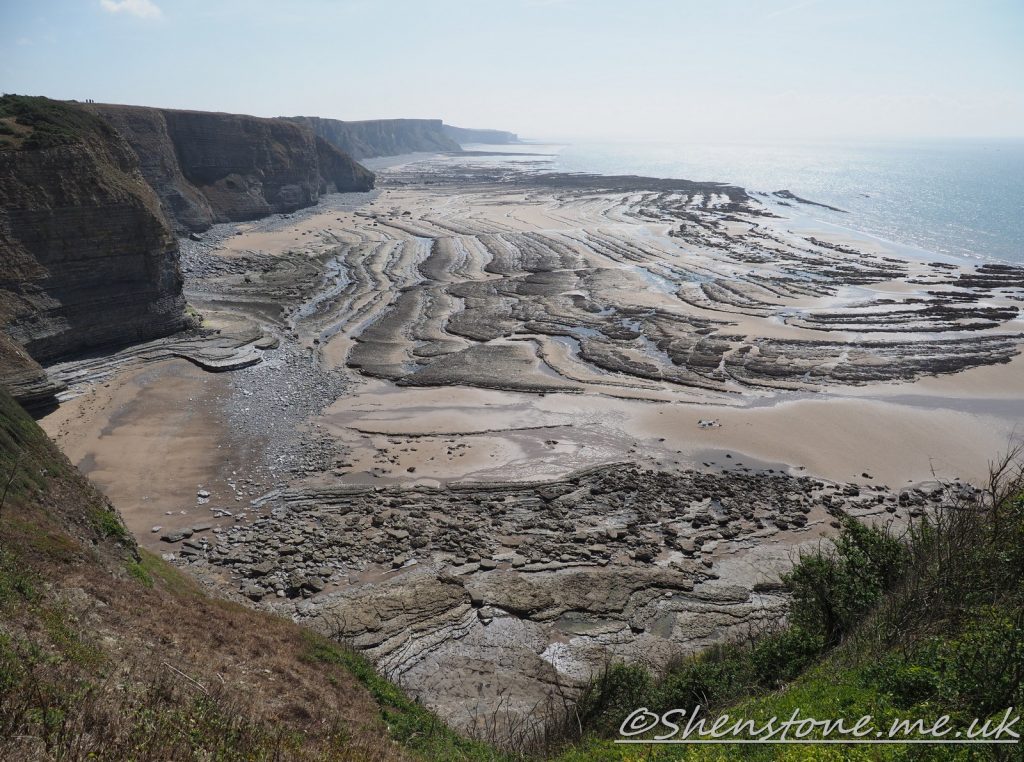
A useful addition to your walk is the BGS Geology Viewer which is a free smartphone app to view geological maps of Britain wherever you go https://www.bgs.ac.uk/technologies/apps/igeology-app/
We hope you enjoyed this short tour of Dunraven Bay. If you’d like to learn more about our local geology, take a look at other pages on the South Wales Geologists’ Association website: www.swga.org.uk

